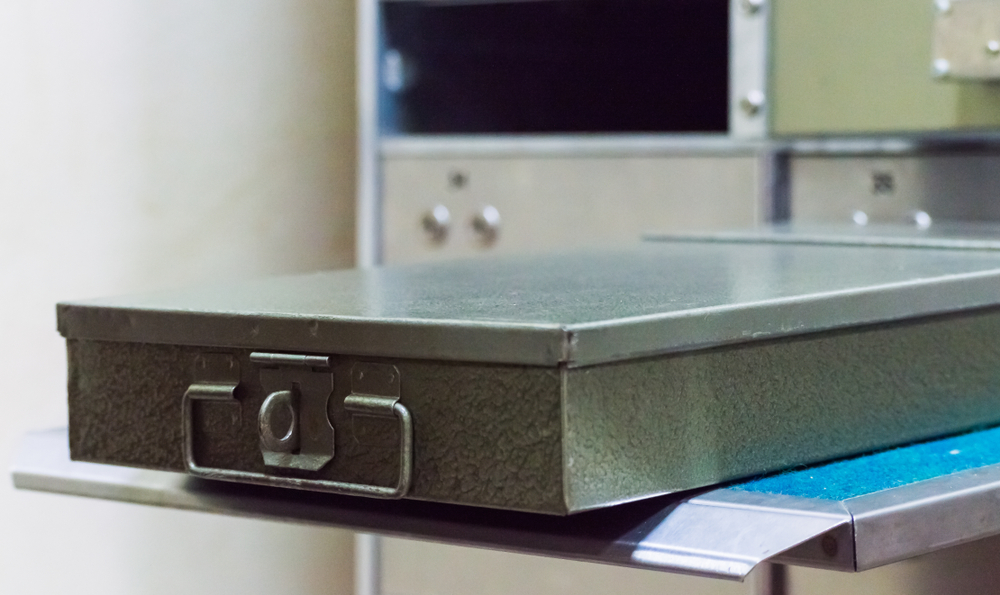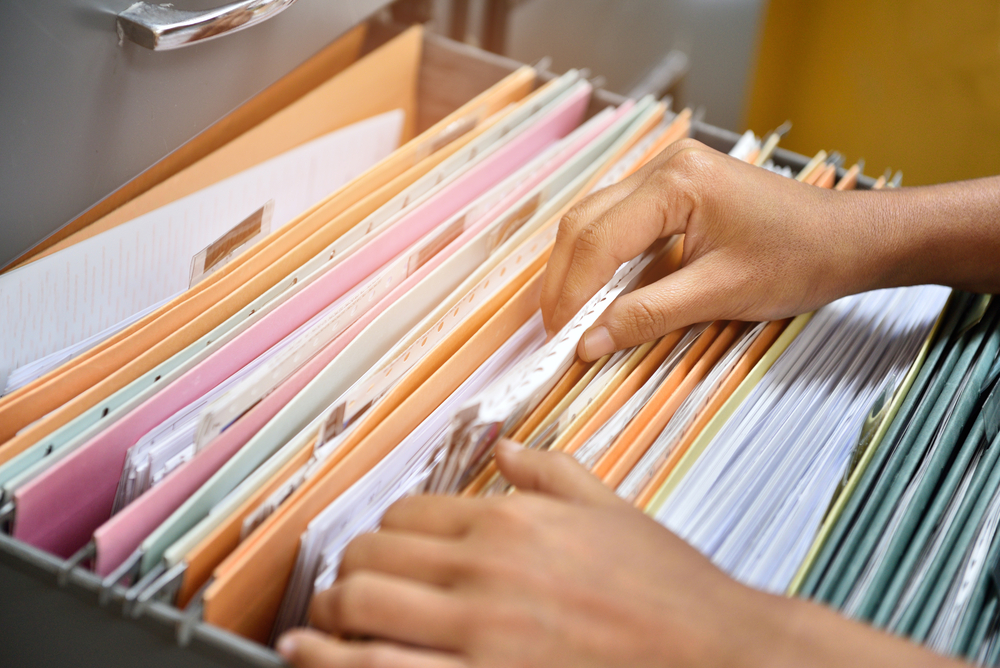For hundreds of thousands of medical workers across the United States, safeguarding medical records is no joke. They must address privacy matters, electronic health records, and other issues. You must follow HIPPA guidelines must stringently. Of course, the vast majority of healthcare workers know this and follow the rules well. But there’s one thing that is often overlooked or ignored; how to store paper medical records correctly.
What we’re talking about is the safeguarding of medical records that are, for example, no longer needed or outdated. Medical records for deceased patients, also, or the records of patients who change care providers. Making sure these records stay safe and secure is not only ethically correct but also legally required. HIPPA and The Joint Commission both require that all medical records are well protected from:
- Fire
- Water Damage
- Erroneous Destruction
- Theft
To help our friends in the healthcare industry, we’ve created this quick Professional Office Guide. In it, you’ll find several methods you can use to store paper medical records correctly. We hope they help make your task easier and allow you to store your medical records with confidence.

1: Start By Evaluating Your Current Storage Method for Paper Medical Records
Depending on your organization’s size and years in operation, this can be either a quick or involved task. For example, let’s say you’re a family physician in practice for less than a year. Your storage needs, and methods, will be much different from an MD who’s been in practice for 25 or more years. You’ll have fewer paper medical records, to be sure. Plus, you won’t need a large area to store them (at least not yet).
Knowing your current needs while considering your future needs is advisable. That way, you’ll stay in compliance now and in the future. Also, evaluating what you’re currently doing will guide what you need to do. For example, let’s say you’ve got 18 years of medical records stuffed into the damp basement under your practice. That’s not good, as the documents can get damaged or destroyed (and you’ll be out of compliance). If you’re new in practice, a professional paper medical record filing system and cabinets are a good start.

2: The Paper Medical Document Storage Basics
When it comes to paper medical document storage, there are a few basics that you should always follow. That way, you know they’ll be safe, and your compliance will be sound. It helps to have a routine that all healthcare workers must follow. That’s especially true if you’re in a multi-practice office. All new hires who handle paper medical records should get the same training, at least in the basics, which include:
- Storing all paper medical records away from any heat source like an HVA, fireplace, space heater, etc.
- Storing records away from a source of water, dampness, and humidity. Basements, for example, are an inferior location for storing medical records of any kind. Note that this can include the basements at older hospitals and medical facilities. Indeed, the older the building, the worse the humidity and dampness can be.
- Making sure the temperature stays between 65 and 75 degrees Fahrenheit year-round.
- Protecting paper medical documents from vermin and insects like rats, cockroaches, and so forth.
3: Store Paper Medical Records Somewhere with Controlled Access
Paper medical documents, even if they’re older, still have a lot of private data. For this reason, they should always be under lock and key. Cabinets with locks, for example, are a must. The larger your practice or medical facility, the larger your storage area will be. Thus, you may need to store them in a locked room or even a locked building.
Storing paper medical records in a climate-controlled storage unit covers all of these necessities. Storage facilities are keypad-controlled so that only authorized personnel can come and go. Here at Storage Solutions, we have on-site managers and 24/7 video surveillance, adding an extra security layer. Climate-controlled storage units are at the same temperature year-round, another plus. No humidity or temperature spikes will affect them.
4: Never Store Paper Medical Records in Clear Plastic Bins
HIPPA guidelines and rules say that you must eliminate incidental exposure of medical records. What that means is, when stored, their data should not be visible. Storing paper medical records in a clear, plastic bin is not recommended. Better to keep them in a heavy-duty, professional medical filing cabinet. (Or several if you need them.) You can certainly store them in anything you like, including cardboard file boxes. As long as there’s no way to see the names, dates, and other information on them, you’ll be OK.
5: Off-Site Storage Offers Several Benefits
Many healthcare practitioners store their medical records where they practice. That works in some cases, but in others can be problematic. That’s especially true when space is at a premium, such as in a hospital setting. If your clinic is expanding, storage space may also be a problem, and off-site storage might be the solution. The benefits of off-site storage units for paper medical records include:
- It provides valuable space at your clinic or hospital.
- The area is very secure and accessible only to authorized personnel.
- It’s more economical than back-scanning or otherwise imaging paper medical records.
- No additional staff to guard or maintain the records.
Brought To You by Storage Solutions
Storing paper medical records correctly is vitally important. Our climate-controlled units are the perfect solution to your paper medical records challenge. We hope this guide was helpful and clear. If you have questions, our on-site managers are standing by to help.
